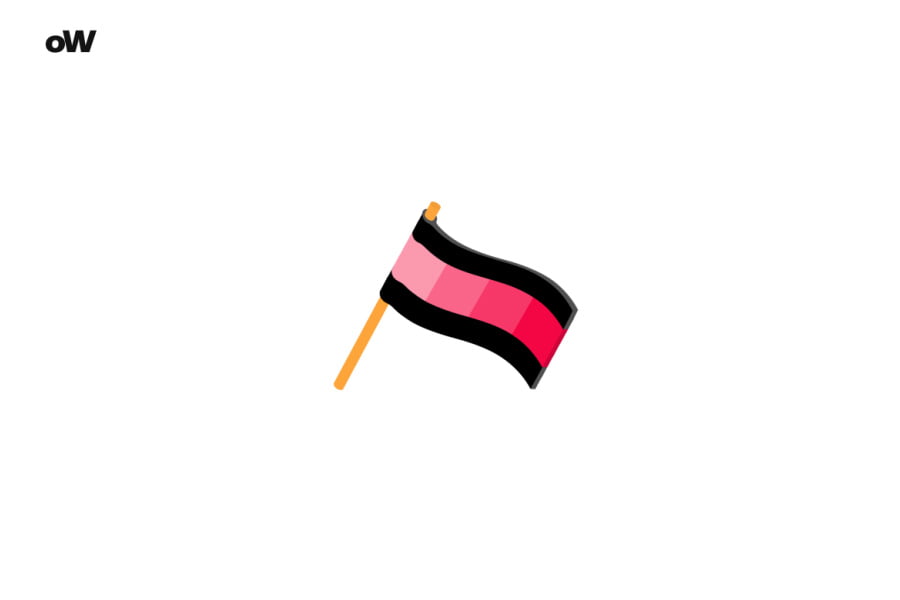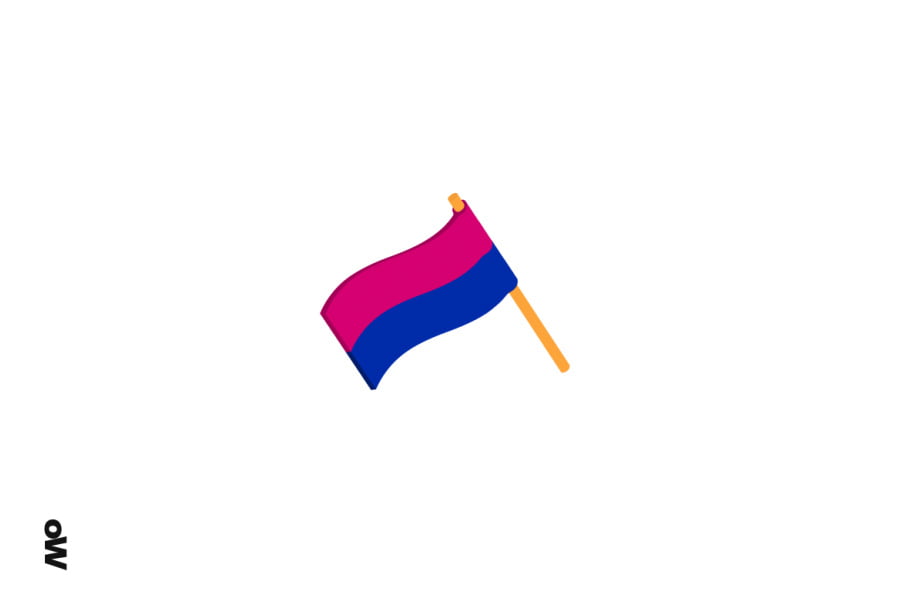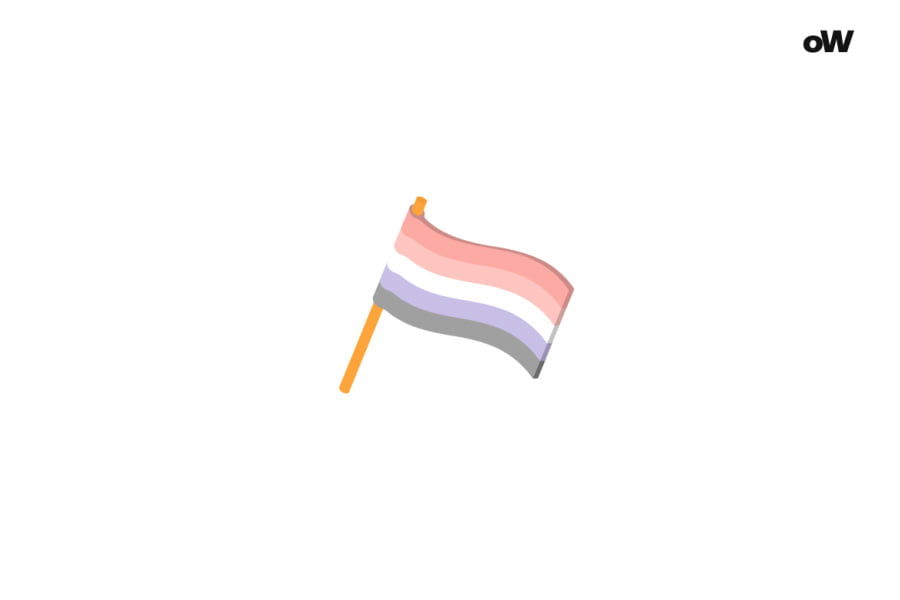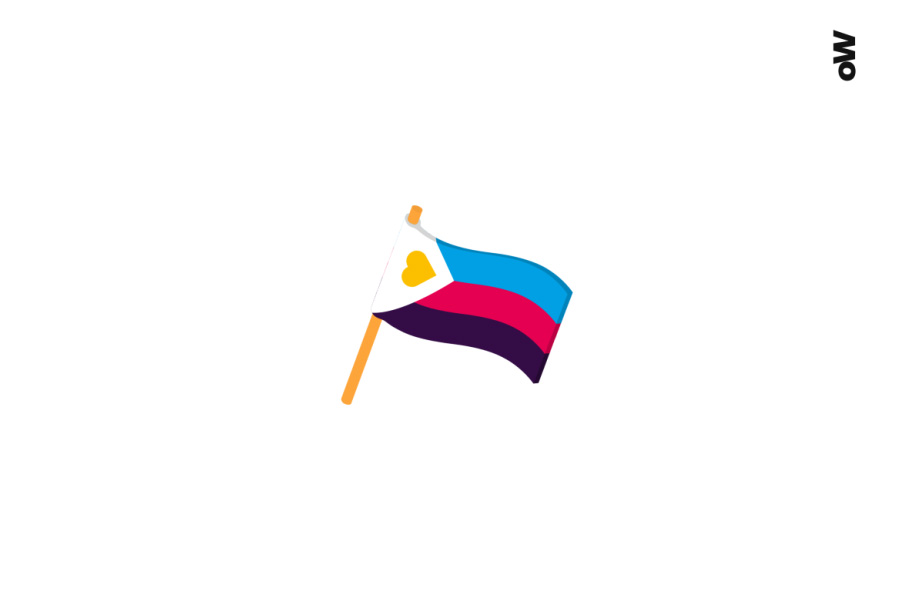Quiz: Am I Heteroflexible?
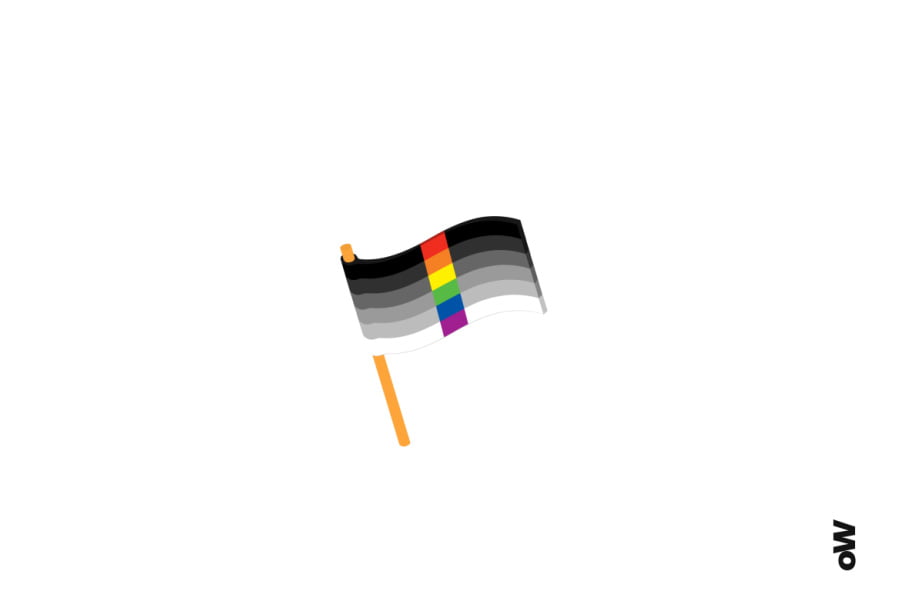
In a world where the boundaries of sexuality are becoming increasingly blurred, many of us question our own identity. What if your feelings don’t fit into traditional frameworks? What if you can’t definitively classify yourself as heterosexual or bisexual? This is where the concept of heteroflexibility comes into play, and our quiz aims to help you navigate this complex issue.
What Is Heteroflexibility?
Heteroflexibility is a term that describes a form of sexual orientation characterized by a predominant, but not exclusive, attraction to the opposite sex. This concept emerged as a response to the growing understanding that sexuality is not a binary system.
To truly understand heteroflexibility, it’s important to consider it in the context of the Kinsey Scale of sexual orientation. Alfred Kinsey, a renowned sexologist, proposed a scale from 0 to 6, where 0 represents exclusive heterosexuality and 6 represents exclusive homosexuality. Heteroflexibility typically falls between 1 and 2 on this scale.
Key Aspects of Heteroflexibility
- Emotional connection: Heteroflexible individuals often form deeper emotional bonds with the opposite sex but may experience strong emotional attachments to members of their own sex.
- Sexual attraction: While the primary sexual attraction is directed towards the opposite sex, occasional or situational attractions to the same sex may occur.
- Romantic orientation: Heteroflexibility can include differences between romantic and sexual orientation. For example, a person may be heteroromantic (experiencing romantic feelings only for the opposite sex) but sexually flexible.
- Fluidity: The intensity and frequency of same-sex attraction may change over time or depending on life circumstances.

Main Signs of Heteroflexibility
Recognizing heteroflexibility can be a complex process requiring deep self-analysis. People who may be heteroflexible often notice asymmetrical patterns of attraction in themselves.
They experience strong and frequent attraction to the opposite sex, accompanied by rare but significant moments of attraction to their own sex. This same-sex attraction is often situational, arising in specific contexts or with specific people, rather than being a constant background feeling.
Many heteroflexible people note that they periodically have sexual fantasies or erotic dreams about people of their own sex, even if they don’t plan to act on them in reality.
They may also experience a deep emotional connection with friends of the same sex that sometimes borders on romantic feelings. This emotional intimacy can be an important aspect of heteroflexibility, even if it doesn’t lead to physical relationships.
Curiosity and openness to experimenting with people of the same sex are also characteristic of heteroflexible individuals, although this is not necessarily accompanied by a strong desire to build long-term romantic relationships with them.
Interestingly, heteroflexible people often show selectivity in their attraction to their own sex, experiencing interest in very specific types of people, while their attraction to the opposite sex may be broader.
Another important characteristic of heteroflexibility is variability over time. Many people note that they have periods of more intense interest in their own sex, alternating with periods of exclusively heterosexual feelings. This fluctuation may be related to various life circumstances, stress, hormonal changes, or simply natural cycles of sexual interest.
Finally, heteroflexible people often describe a separation of physical and emotional attraction. For example, they may experience physical attraction to both sexes but romantic feelings only for the opposite sex. This division can create a unique experience of sexuality that doesn’t fit into traditional categories.
Heteroflexibility and Bisexuality: Defining the Differences
Distinguishing between heteroflexibility and bisexuality can be a subtle and often subjective process. The main difference lies in the intensity and frequency of attraction to different sexes.
Bisexuals typically experience more balanced attraction to both sexes, while heteroflexible people have a clear preference for the opposite sex. Bisexuals may regularly experience attraction to both sexes, while heteroflexible individuals experience same-sex attraction less frequently and it may be more situational.
In the context of romantic relationships, bisexuals are more likely to consider the possibility of long-term relationships with both sexes, while heteroflexible people usually prefer romantic relationships with the opposite sex. This difference may also manifest in how people identify themselves within the community: bisexuals more often identify as part of the LGBTQ+ community, while heteroflexible people may feel closer to the heterosexual community.
The stability of orientation may also differ: bisexuality is often perceived as a more stable orientation, while heteroflexibility may be more fluid and changeable over time.
Finally, the spectrum of attraction for bisexuals may be broader, including attraction to various gender identities, while heteroflexible people more often limit themselves to attraction to cisgender representatives of their own and the opposite sex.

How Can a Quiz Make a Difference?
A quiz can become a tool for self-discovery, offering a structured approach to exploring your sexuality. Here’s how it can help:
- Detailed self-analysis: The quiz asks questions that make you think deeply about your feelings, experiences, and preferences, often touching on aspects you might not have considered before.
- Identifying patterns: The sequence of questions can help reveal recurring patterns in your sexual and romantic experiences that you may not have noticed.
- Normalizing experiences: The very existence of such questions can help normalize your experience, showing that you’re not alone in your feelings.
- Testing assumptions: The quiz can help test your assumptions about your own sexuality, perhaps confirming some thoughts or causing you to reconsider others.
- Monitoring changes: By taking the quiz periodically, you can track how your feelings and experiences change over time.
It’s important to remember that a quiz is a tool for reflection, not a diagnostic test. It can offer new perspectives and ideas, but the final understanding of your sexuality comes through personal experience, reflection, and possibly discussion with sexual health professionals.
Remember that sexuality is a spectrum, and your place on it may change over time. Be open to new experiences, listen to your feelings, and don’t be afraid to revise your views as you learn more about yourself.
How to Play?
Click the "Start Quiz" button and answer each quiz question honestly. There are no right or wrong answers. You may encounter multiple-choice questions or statements to rate on a scale of agreement. Once you finish the quiz, you'll receive results that provide insight into your personality traits, including strengths and weaknesses. Use this information to increase self-awareness and make positive changes.
How many questions does this quiz have?
15 Questions
How long does it take to complete this quiz?
6 Minutes
Questions Overview
- The opposite gender character exclusively.
- Mostly the opposite gender, but sometimes I find myself drawn to the same gender.
- Whichever actor/actress has the most charisma, irrespective of gender.
- The plot! Who cares about the actors?
- Politely decline; it's just not my thing.
- Flattered, and I might entertain the thought, even if just for a moment.
- Flirt back—it's fun and who knows where it might lead?
- I'm more concerned about the snack table.
- All have been strictly of the opposite gender.
- Mostly opposite gender, but there have been one or two exceptions.
- A colorful mix of genders—variety is the spice of life!
- Crushes? I’m still trying to figure out my favorite ice cream flavor.
- That's not something I'd ever consider.
- I've thought about it once or twice.
- Been there, done that!
- As long as they're happy and safe, it's all good.
- Rarely, I mostly fit into the mold.
- Occasionally, when it feels right.
- Regularly, it's just who I am.
- Only when I wear socks with sandals.
- Strictly opposite gender.
- Mostly opposite gender, but I don't rule anything out.
- I have no type; it's about the person's vibe.
- Someone who loves pizza as much as I do.
- "I see only you."
- "I walk a fine line between love and lust."
- "Love is love, no matter the gender."
- "Can we focus on the beat instead?"
- They help define who I am.
- They can be restrictive, but sometimes useful.
- Why box in something so fluid?
- Labels are for jars, not people. But also, I like jam.
- Always someone of the opposite gender.
- Mostly opposite gender, but sometimes the same.
- Could be anyone - it's more about the scenario than the person.
- I usually daydream about food or flying.
- Never.
- Once or twice, but I brushed it off.
- Absolutely, and I've even acted on it.
- Tension? Only when they borrowed my favorite shirt.
- I am firmly set in my attractions.
- Sometimes, life surprises you.
- Love and attraction are complex, multifaceted feelings.
- The only true love is chocolate.
- Firm in identifying as heterosexual.
- Curious about experiences outside of traditional heterosexuality.
- Open to the spectrum of possibilities.
- Just hoping there are snacks after the discussion.
- Love is strictly between opposite genders for me.
- I lean towards the opposite gender, but who knows what the future holds?
- Love is boundless and knows no gender.
- Love is a warm, cheesy pizza.
- Never, I’m pretty sure of myself.
- Every once in a while, when something piques my interest.
- Often - it's an ongoing journey of discovery.
- Only when I binge-watch romance series.
- Decline. Happy with where I'm at!
- Are curious, but hesitant.
- Jump at the chance - new experiences are always enlightening!
- Ask if the genie has any food instead.
